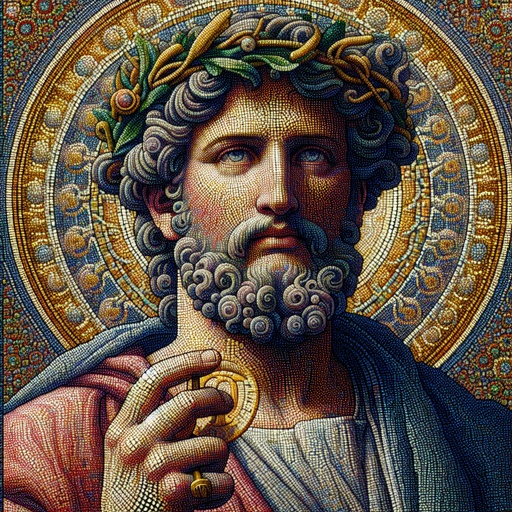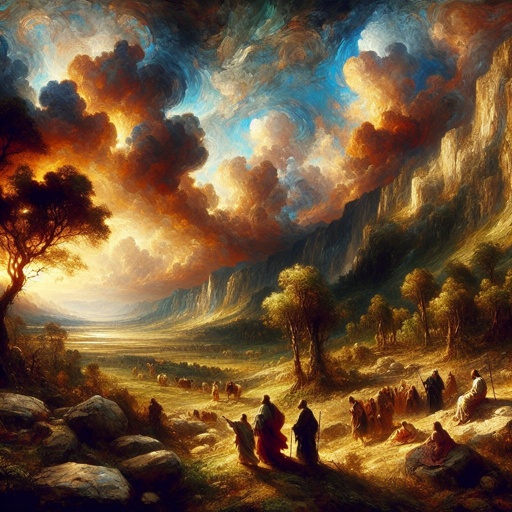The Transfiguration Artwork
Explore The Transfiguration through paintings, pictures, drawings, digital art, illustrations, wallpapers, photos, prints & more.

Colossians 3:9 - "Lie not one to another, seeing that ye have put off the old man with his deeds;"

The enemy

The satan

The satan

The Trinity

The Trinity

The Trinity

The Trinity

The Trinity

The Trinity

The Holy Ghost

John 6:63

Mark of the Beast

Jesus on the throne

Jesus on the throne

Heaven in the sky

Heaven in the sky

Jesus on the throne

Jesus on the throne

Jesus on the throne

Jesus on the throne

Jesus on the throne

Jesus on the throne

Jesus on the throne

John 7:38

John 7:38

Acts 2:2

Fire

Jesus

Jesus on the cross